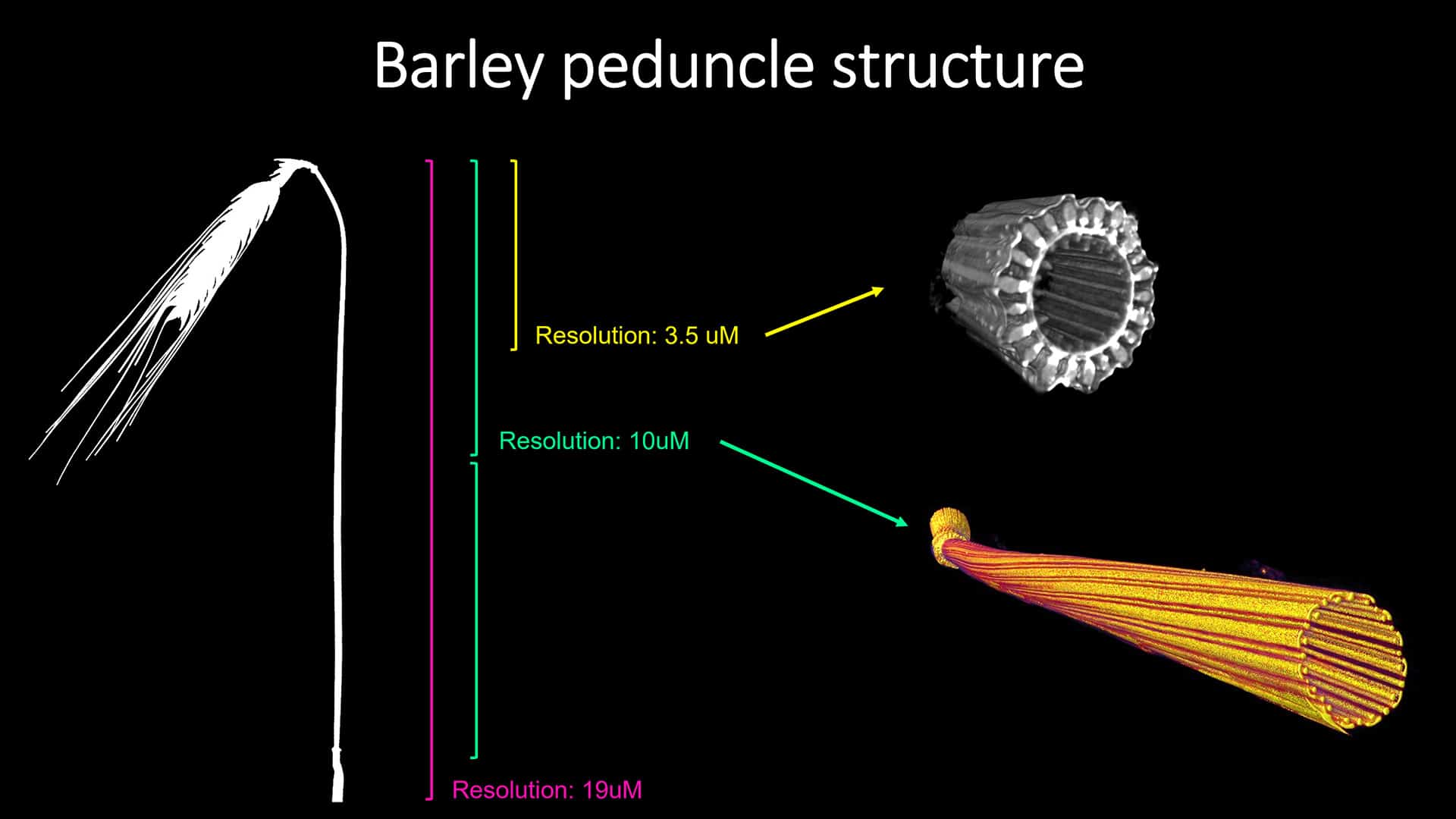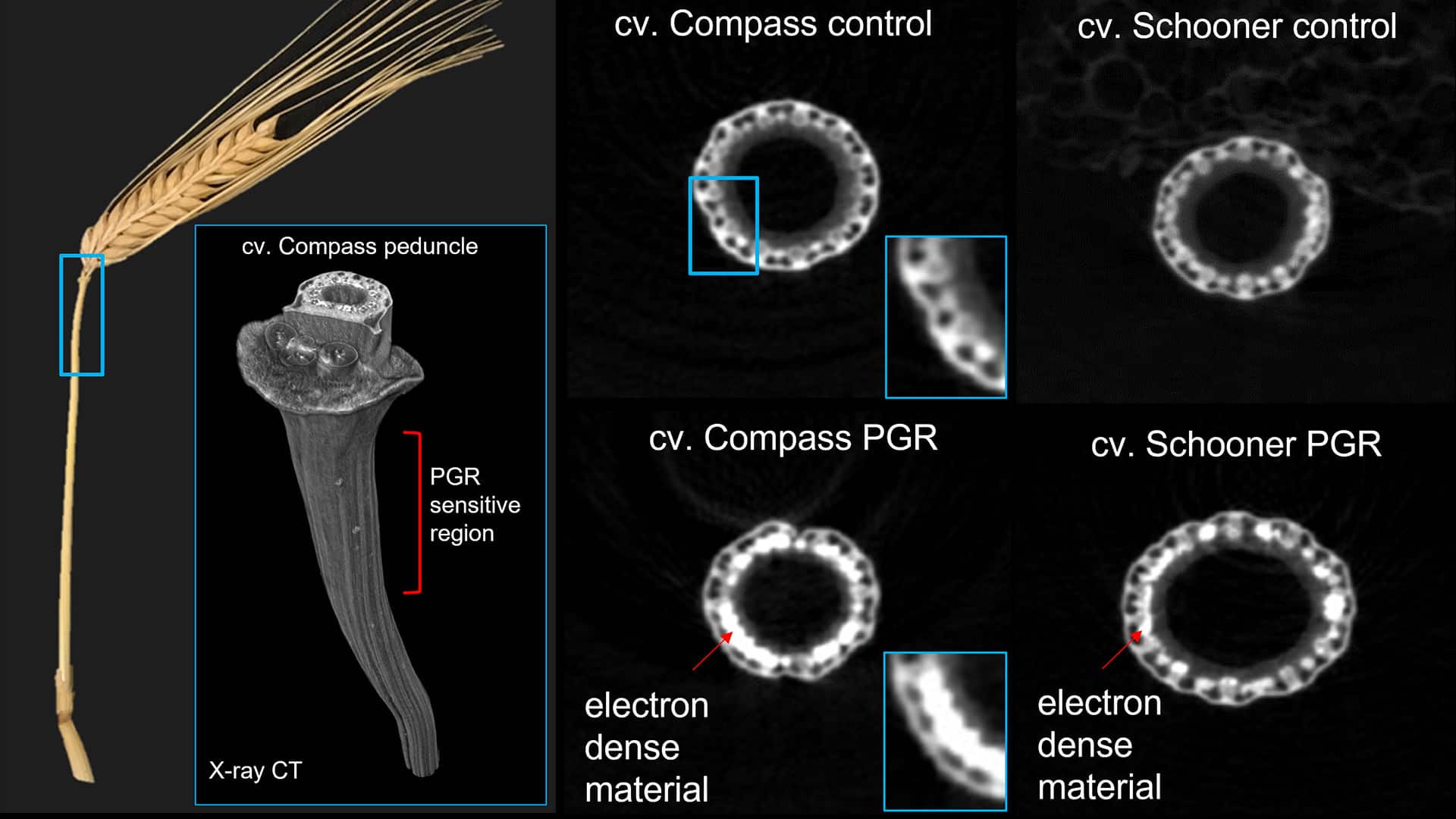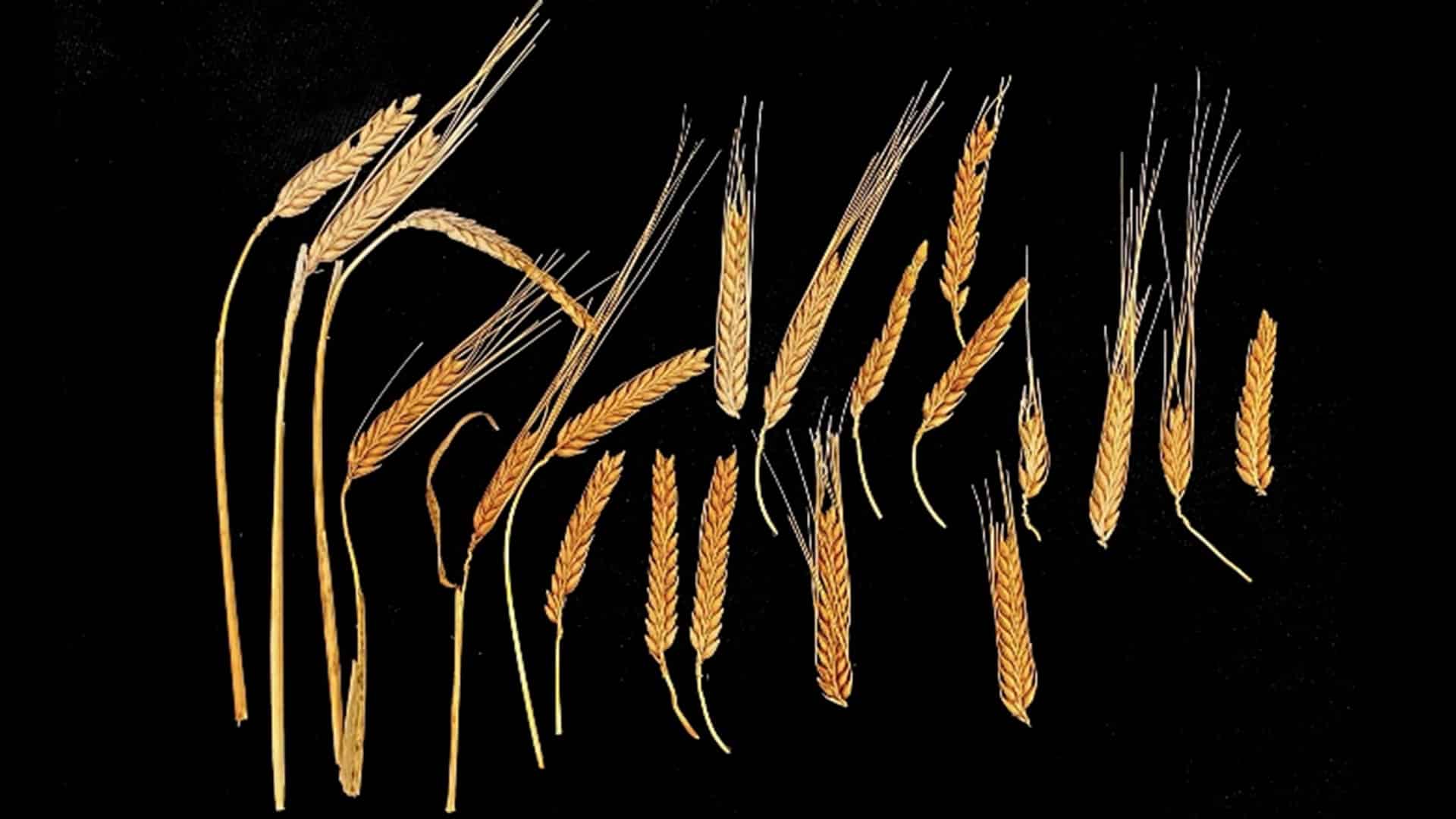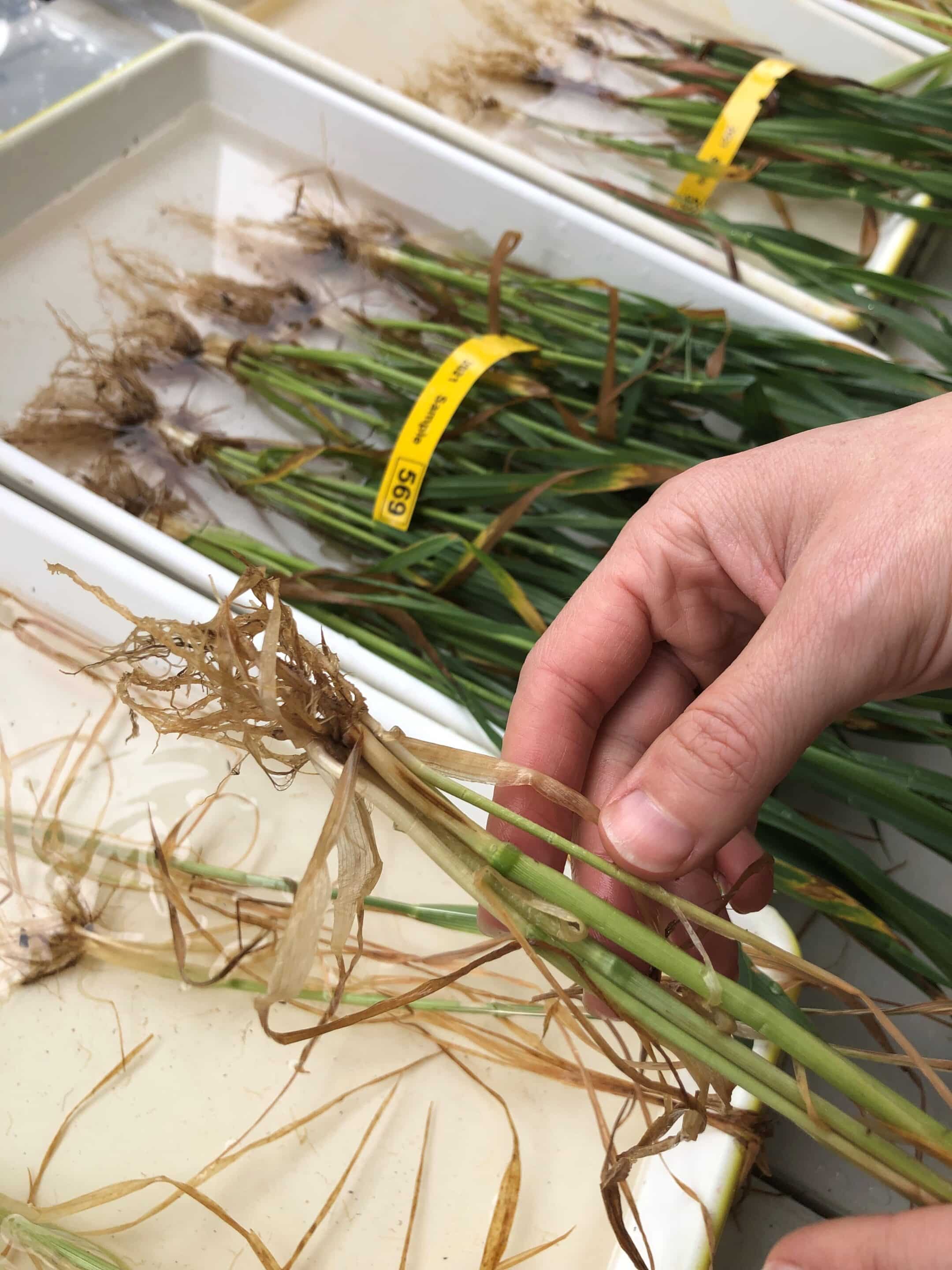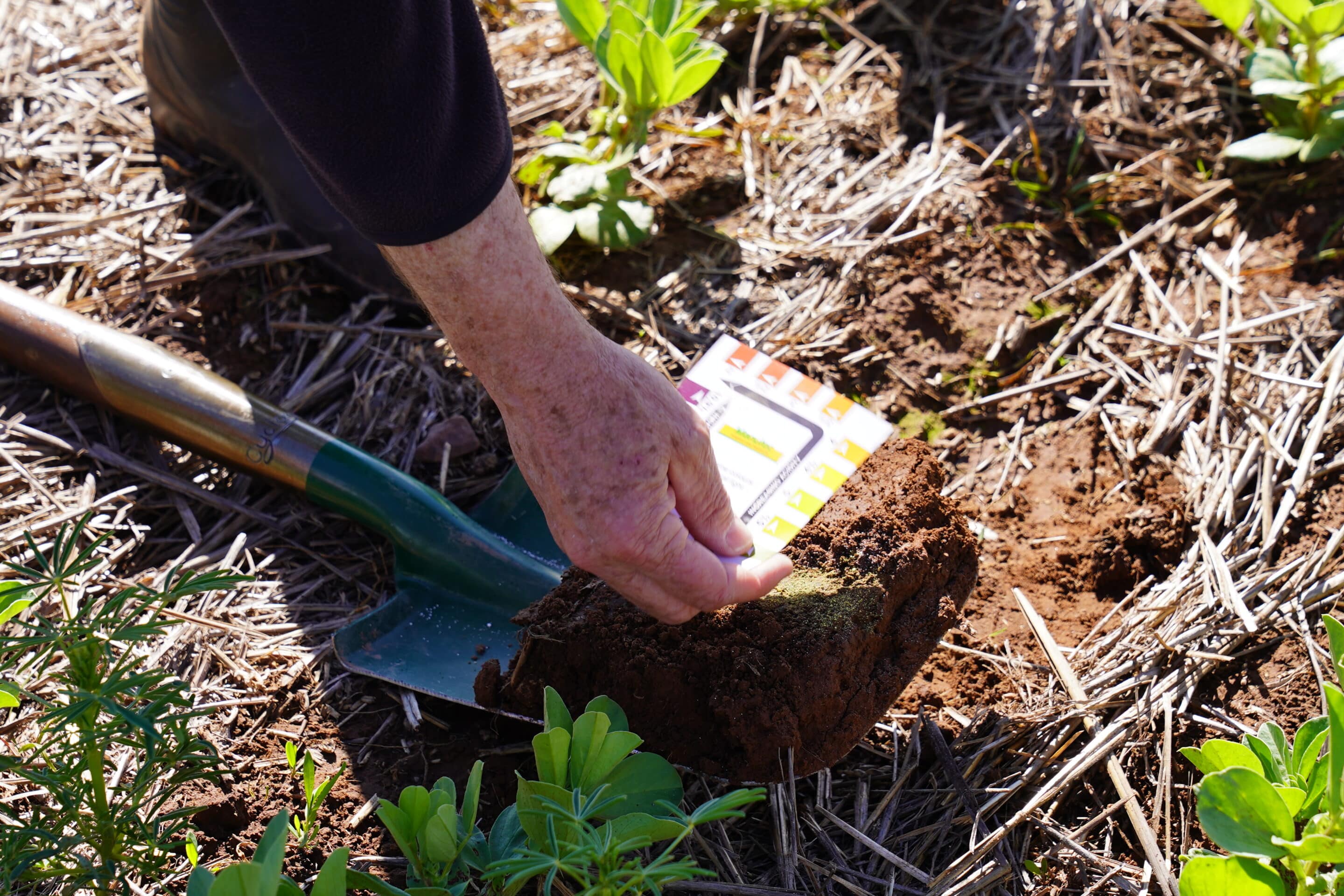START
FINISH
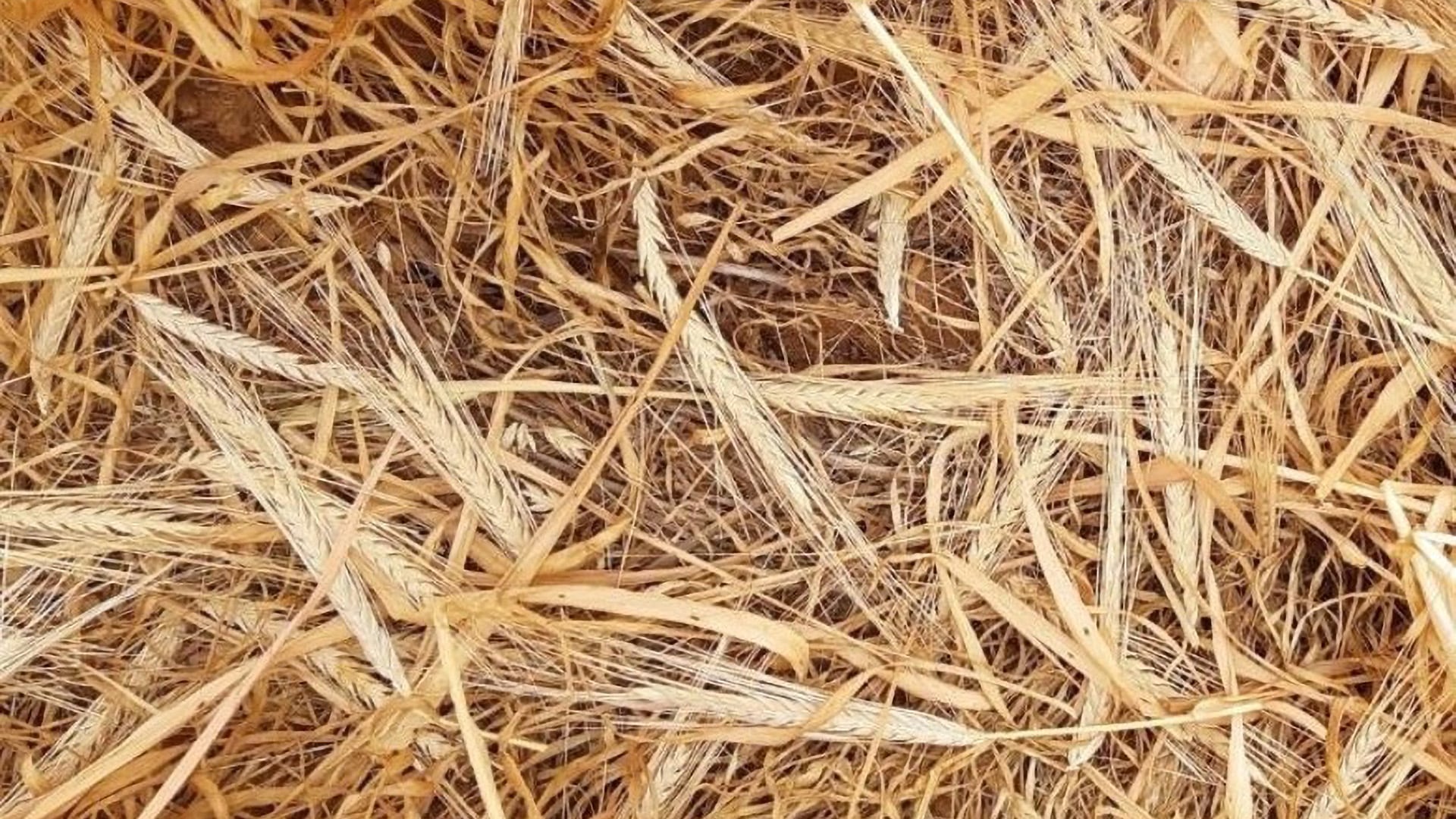
Summary
This project assessed the use of plant growth regulators (PGRs) to manage barley head loss and identify screening tools for developing tolerant varieties. By subjecting a series of major barley cultivars to delayed harvest during the research, a variety classification system for head loss risk in multiple SA growing environments was also developed.
The PGR Trinexapac ethyl (Moddus Evo®) was found to be broadly effective for managing head loss. PGR application was found to have economic value if >26 heads/m2 are lost at approximately 14 days after optimal harvest date.
Differences in peduncle composition were identified that will help identify desirable traits for breeding less susceptible barley varieties.
Background
Barley head loss presents a significant risk of yield loss for SA growers. The causes and value of potential treatments are not well understood and exploring the phenomenon can help growers understand their risks and plan interventions.
Varietal head loss resistance is one of the top three objectives for barley breeders. A better understanding of factors that minimise head loss will identify traits that support development of more resilient cultivars.
Research Aims
The core objectives of the project were to:
- Reduce yield losses to environmentally induced head loss in barley.
- Fine tune the effectiveness of plant growth regulators (PGRs) as a management strategy.
- Provide growers with up-to-date information on head loss sensitivity in current barley cultivars.
- Develop a new screening method for head retention in breeding programs.
In The Field
Field trials for this investment were established in 2019 and 2020 at Cooke Plains, Minlaton and Riverton to provide a broad spread of barley growing environments.
These trials were planted with Spartacus CL, RGT Planet, Compass and Schooner.
Trials were treated with either 20kg/ha gibberellic acid (GA) or 400ml/ha Trinexepac ethyl (Syngenta Moddus Evo®) at Zadok’s growth stage 37 – 39 for head loss suppression as per the label. Untreated trials provided a control.
Rates of head loss were assessed every seven days after harvest ripe.
Losses were also analysed by cultivar, with genetic differences becoming most clear 21 days after harvest ripe. The mean rates for head loss at this point were: Spartacus – 20 heads/m2; Planet – 35 heads/m2; Compass – 47 heads/m2; and Schooner – 107 heads/m2.
The differences were consistent across all growing environments, as were the benefits of applying PGRs.
Field and greenhouse grown plants were tested under controlled wind conditions (wind tunnel) to determine a relationship between wind loads and head loss. Head loss sensitivity in the field could be partially replicated in the controlled tests, but only with the addition of turbulence generators, suggesting this may be a factor influencing cultivar sensitivity in field settings.
Finally, barley stems that had been successfully treated with PGRs were collected and analysed using X-ray computed tomography (CT) scanning. These scans revealed an accumulation of dense cell material in the peduncle, which appeared to strengthen the upper stem and correlated with significant reductions in head loss.
This effect has been analysed further in SAGIT UA721 to determine whether it is repeatable across seasons and genotypes. If so, the effect could provide a screening protocol for breeding new head loss resistant varieties.
Results
Timely harvest (where possible) remains one of the most effective ways to reduce head loss.
The differences between treatments were insignificant at harvest ripe. However, after 7 days of harvest delay, the 50 per cent probability of head loss in untreated trials was 6.6 heads/m2 while the same metric for PGR-treated sites was just 1.1 heads/m2.
After 14 days, the 50 per cent probability of head loss was 24.3 heads/m2 lost in untreated trials and 7.2 heads/m2 with PGR. After 21 days, these rates had risen to 36.4 heads/m2 and 15.2 heads/m2 respectively, then 58.7 heads/m2 and 24.4 heads/m2 after 28 days.
GA treatment significantly enhanced the probability of head loss in all cases.
PGR applications were found to be economically rewarding when they had the potential to save 26 heads/m2 or more, based on a market price of $260/t for delivered barley and a total application cost of $46.72/ha for Moddus Evo® at 400ml/ha.
Project Participants
University of Adelaide (Agriculture, Food & Wine): A/Prof Matthew Tucker, Caterina Selva, Haoyu Lou, Ghazwan Karem, Vincent Bulone
University of Adelaide (Engineering, Computer & Mathematical Sciences): Maziar Arjomandi, Navid Freidoonimehr, Azadeh Jafari, Harry Rowton
SARDI: Melissa McCallum, Rhiannon Schilling, Kenton Porker
The Problem
Head loss in barley is a significant issue, requiring further understanding to develop mitigation tactics, screening tools and resistant varieties.
The research
Delayed harvest was used to develop a head loss susceptibility index for barley and plant growth regulators were applied to explore head loss management.
More information
Associate Professor Matthew Tucker, University of Adelaide
T: 0403 314 740
E: [email protected]
Value for Growers
This project has provided SA barley growers with economic guidelines for using Moddus Evo® to suppress head loss. It has also delivered a refined head loss susceptibility index for major barley varieties in diverse SA growing environments.
Barley breeders have also gained a potential screening protocol for breeding head loss resistant cultivars, which should accelerate the availability of more tolerant barley varieties.

